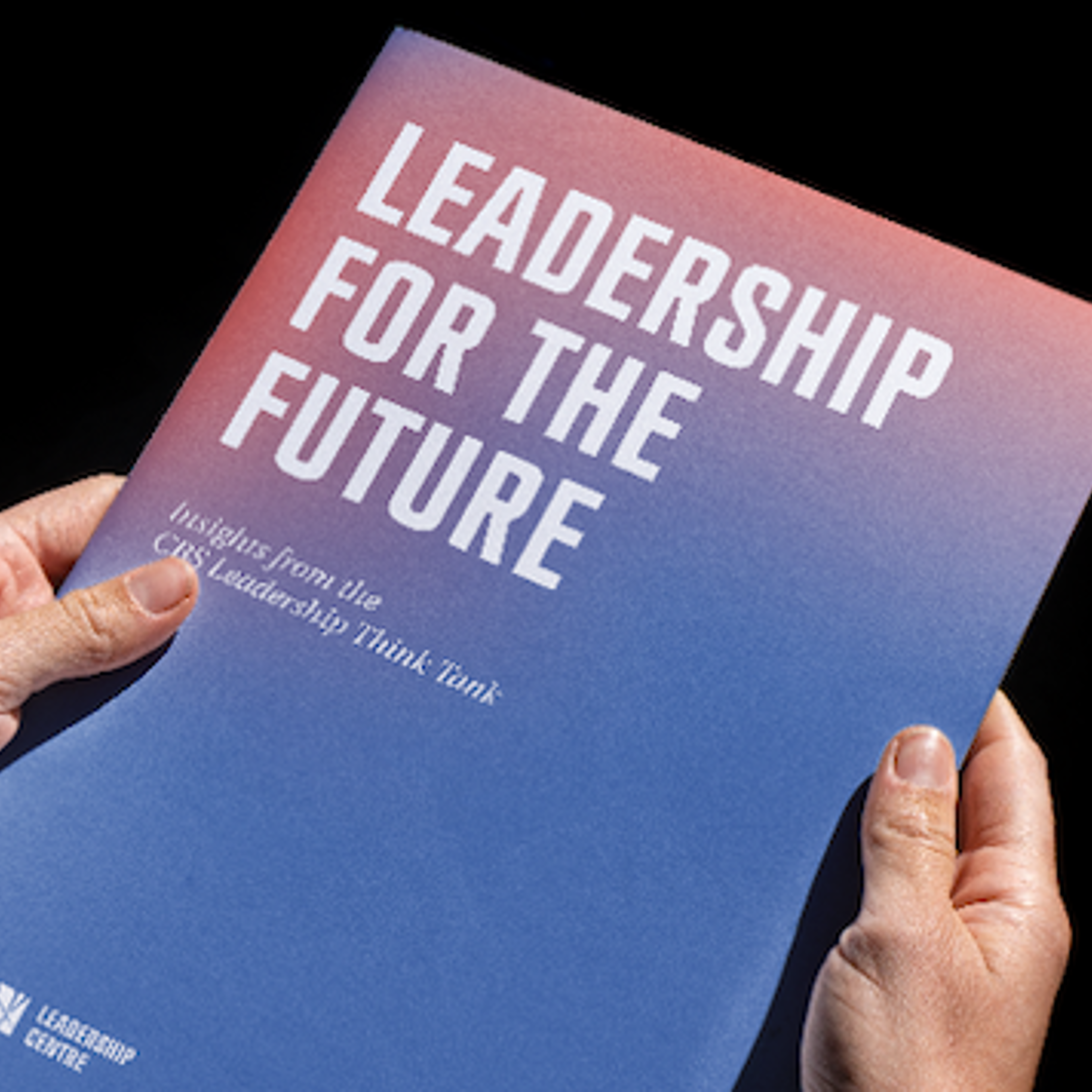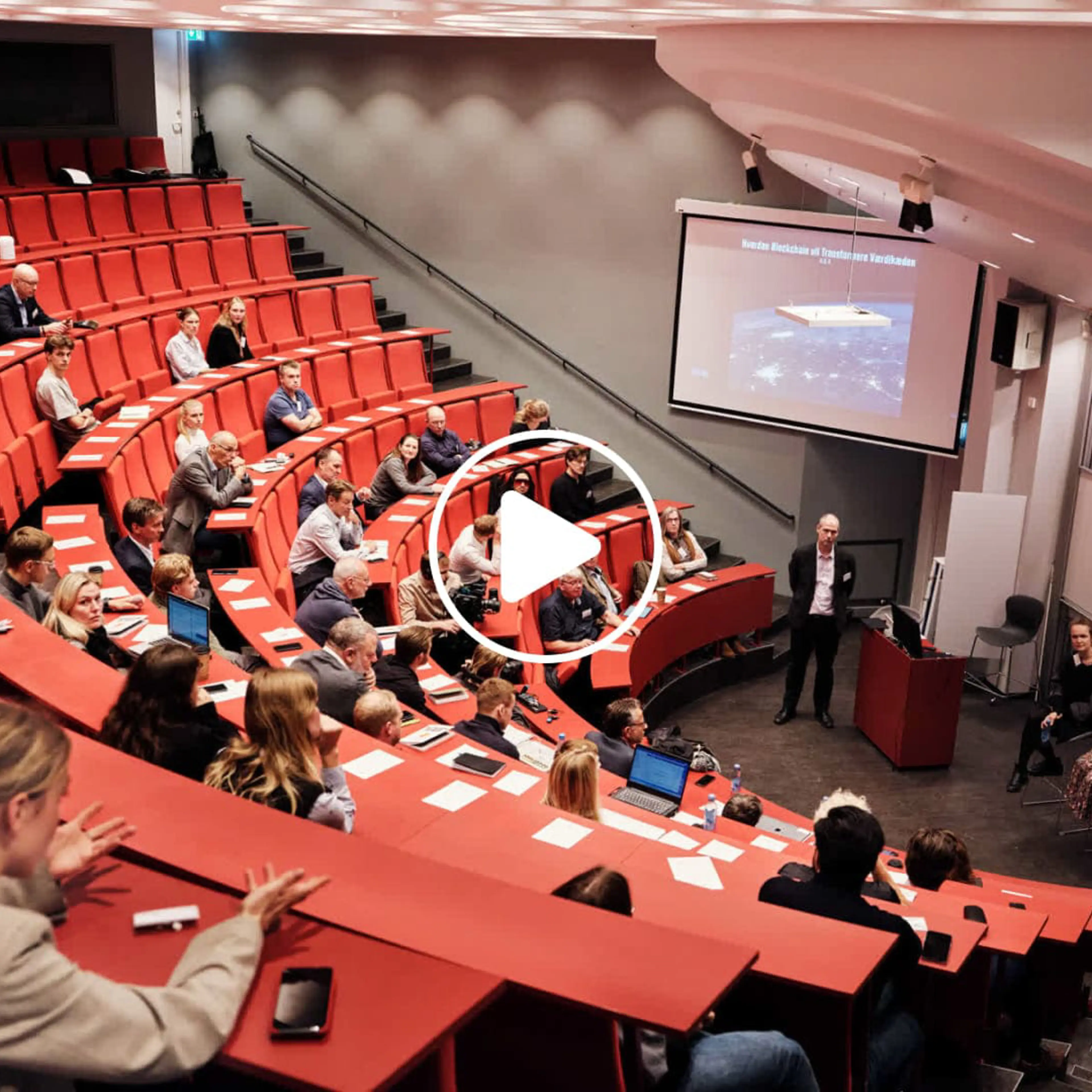Large parts of their production are still in Asia, which is hard to change because it is where the costs are lowest.
“Additionally, production in Europe is now quite limited”, says Kim Sundtoft Hald and points out that some companies, particularly in the textile industry, are considering reducing their reliance on Asian production, however, the task is nearly impossible, as there are no comparable low-cost production options elsewhere.
“The drive to cut costs and improve efficiency has made supply chains global and therefore more vulnerable, but this is not a problem unique to Denmark,” says Kim Sundtoft Hald.
No country can stand aloneFor the same reason, he doubts that any single country can bring all its production home and become completely independent of the outside world, as some have interpreted Donald Trump’s political vision.
“For example, you cannot produce a modern car from scratch without raw materials or components from other countries,” says Kim Sundtoft Hald and adds that there are typically two different strategies for protecting supply chains: ‘buffering’ and ‘bridging’.
US companies tend to prefer ’buffering’. In practice, this means building larger inventories and trying to source materials closer to home. Meanwhile, Danish companies opt for ‘bridging’.
Strong relationships build resilience“’Bridging’ means thoroughly analysing your value chain and building strong relationships with various links in the supplier and customer network. Qualities like openness, respect, collaboration and loyalty help create high resilience in the supply chain. The company needs to build enough goodwill with suppliers that they – or their networks – will step up during a crisis,” explains Kim Sundtoft Hald and points to three crucial factors companies should focus on for their supply chains:
- Have a solid risk assessment.
- Ensure transparency across the chain and its processes.
- Build strong relationships with customers and partners.
“And flexibility is always a good thing. For example, can you have two suppliers instead of one? And does it make sense to have production in more than one region – even if it might be a bit more expensive?,” the CBS researcher points out.




